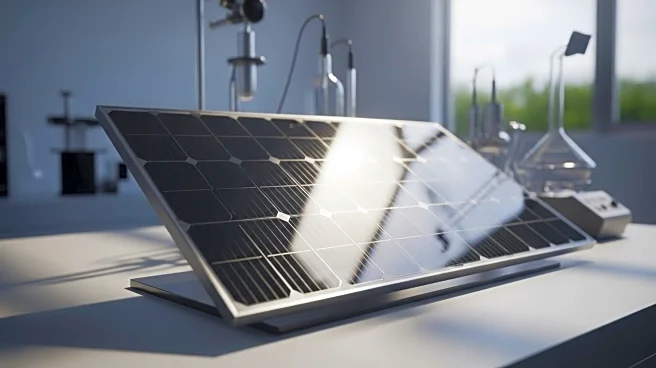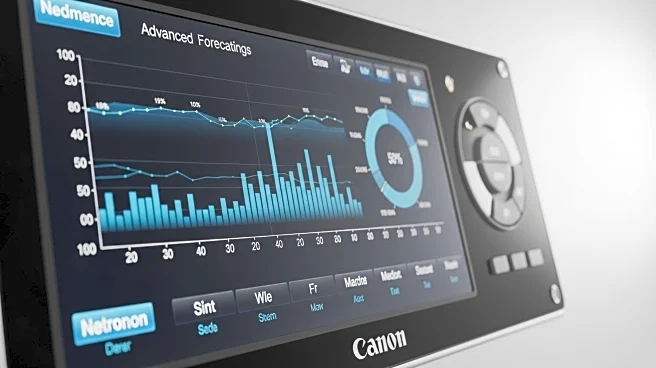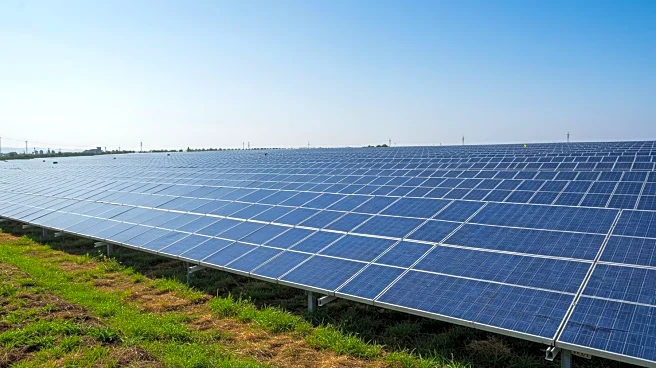What is the story about?
What's Happening?
Researchers at the University of Rochester have developed a new method to significantly enhance the efficiency of solar thermoelectric generators (STEGs) using black metal technology. This innovation increases the power output of STEGs by 15 times compared to previous models. The technique involves using femtosecond laser pulses to etch metal surfaces, improving solar energy absorption and heat management. This advancement addresses the efficiency limitations of current STEGs, which convert less than 1% of sunlight into electricity.
Why It's Important?
The breakthrough in STEG efficiency could revolutionize solar power generation, making it a more viable and competitive alternative to traditional energy sources. By harnessing a broader spectrum of thermal energy, this technology could significantly reduce reliance on fossil fuels and contribute to global efforts to combat climate change. The enhanced efficiency of STEGs could also lead to new applications in powering remote sensors, wearable devices, and off-grid energy systems.
What's Next?
The research team plans to further refine the technology and explore its potential applications in various industries. The successful implementation of this technology could lead to widespread adoption in renewable energy systems, particularly in areas with limited access to traditional power grids.
AI Generated Content
Do you find this article useful?












